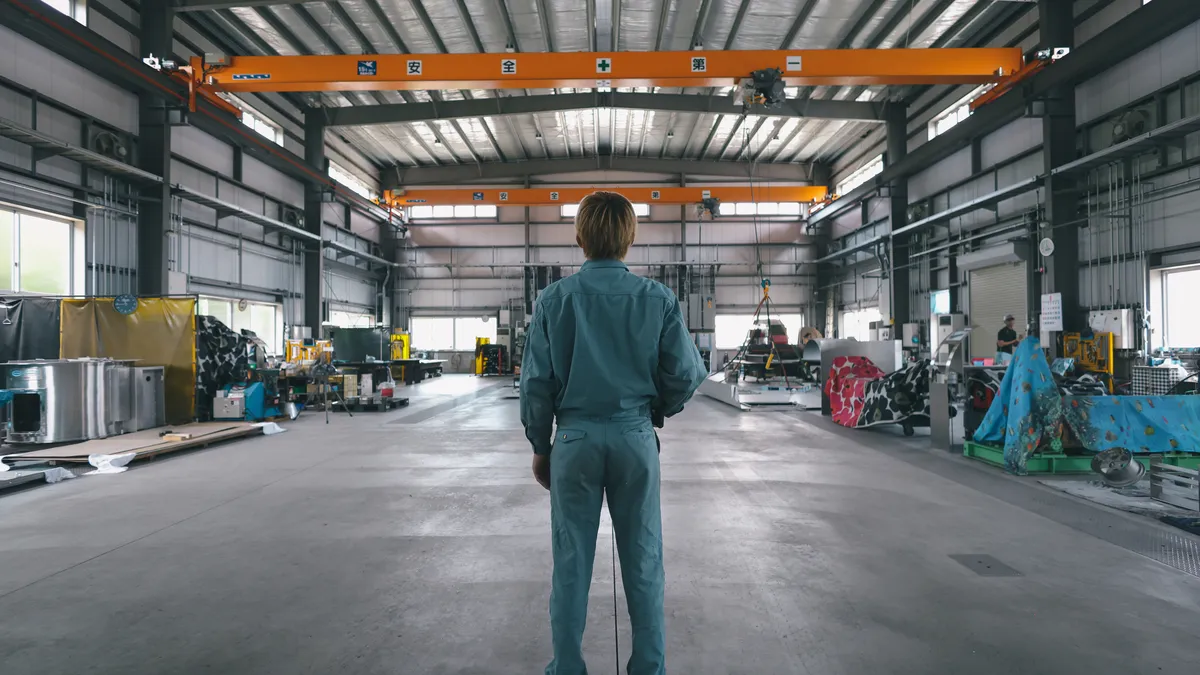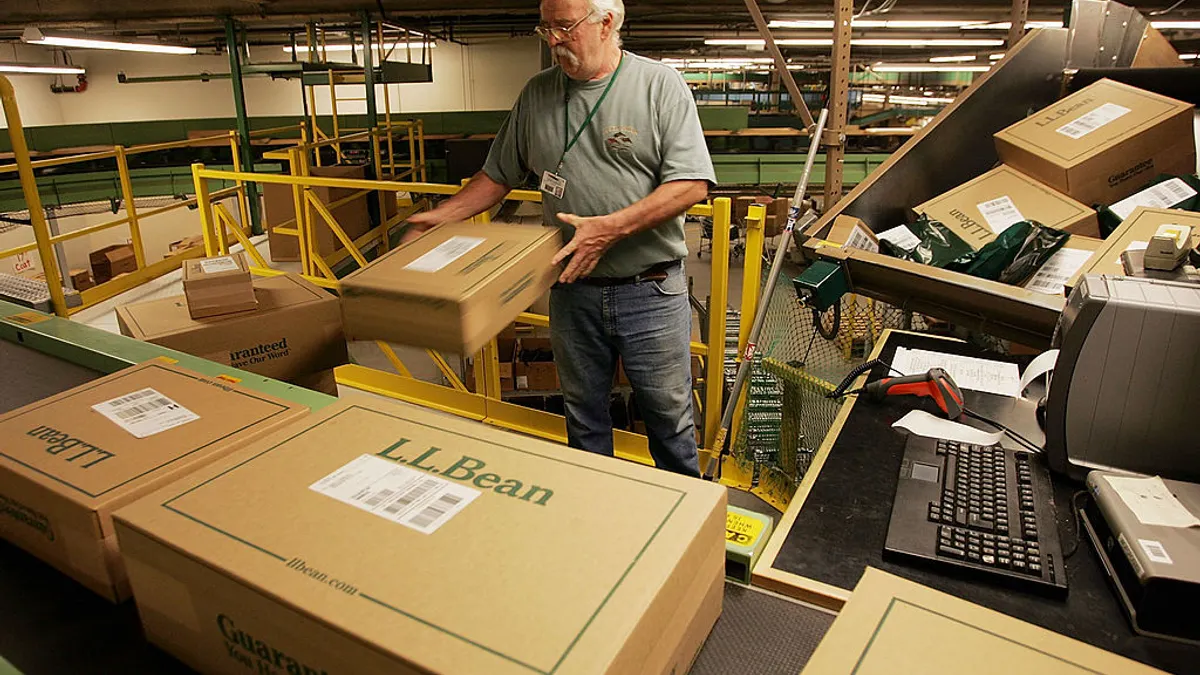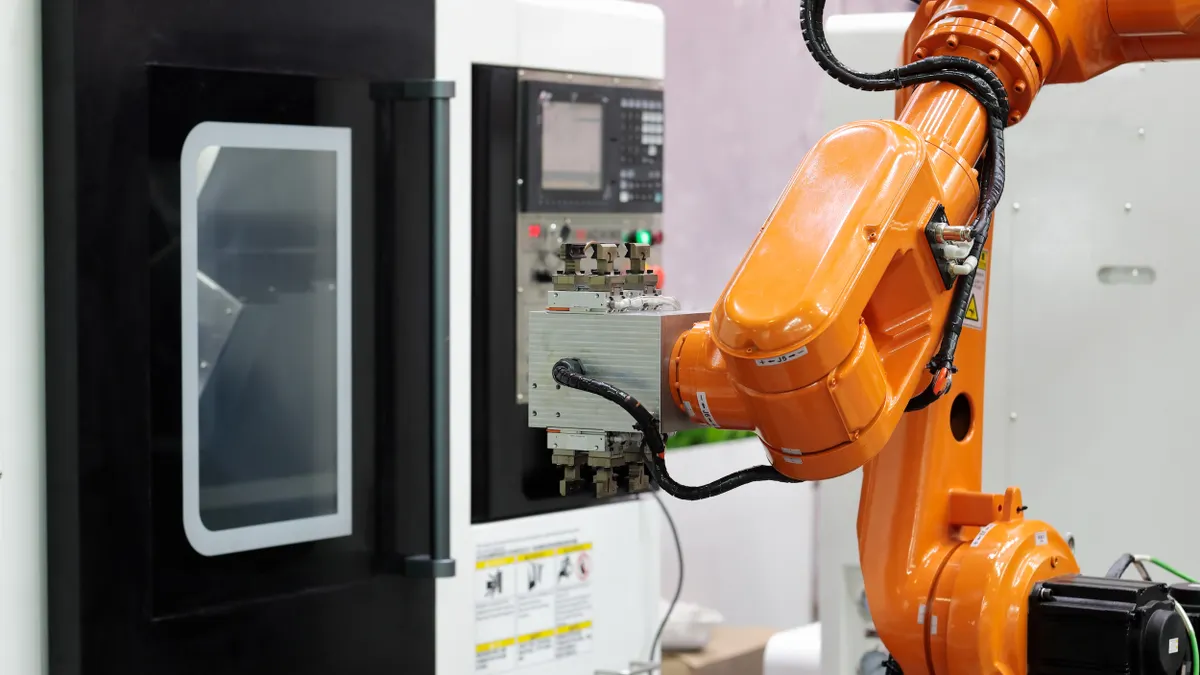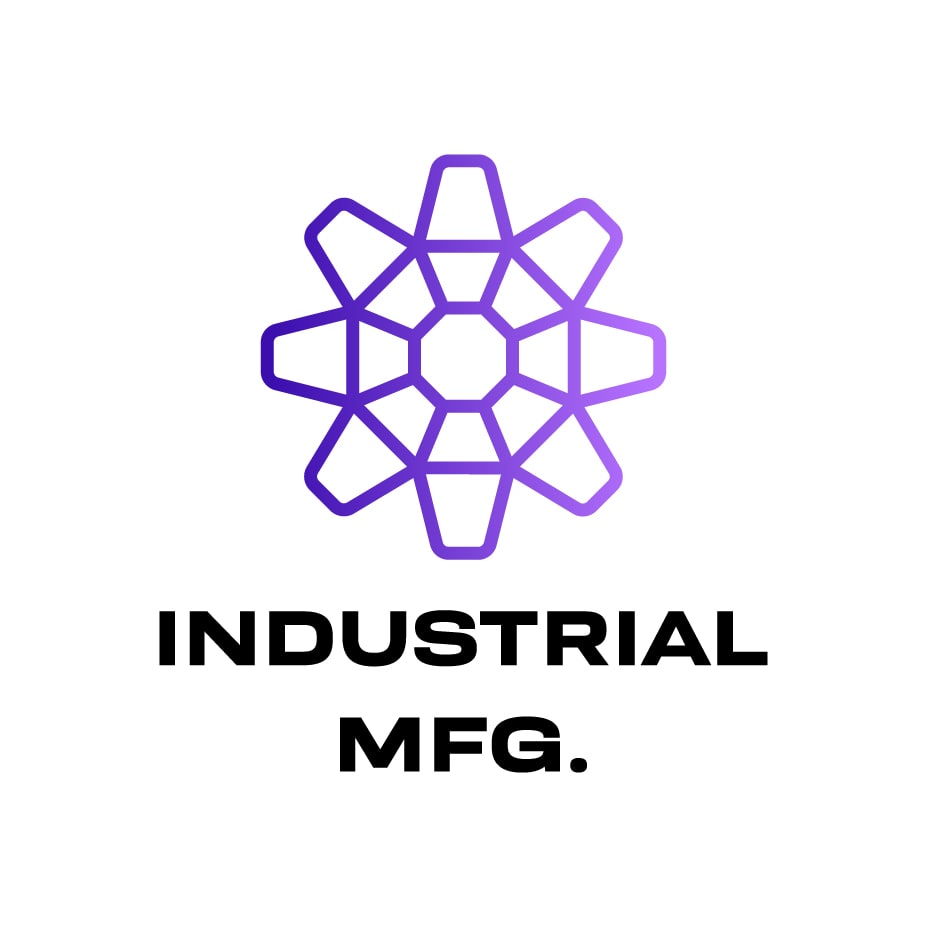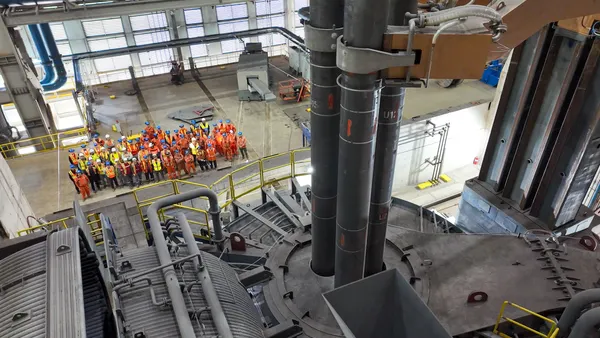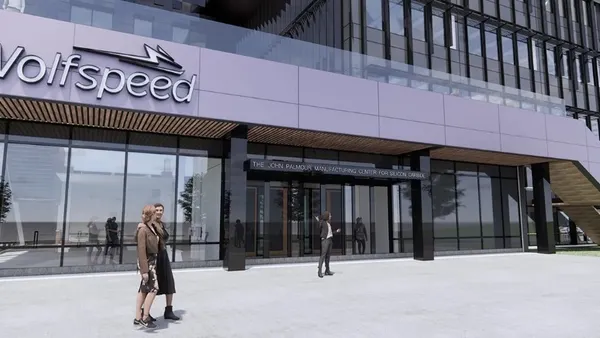Manufacturing revenue will remain relatively flat through the end of the year, according to an economic forecast out last week from the Institute for Supply Management.
Revenue for the year is slated to grow by only 0.1%, as tariffs drive up prices and spread uncertainty. The outlook is a significant drop from ISM’s annual forecast for 4.2% growth shared in December, and lower than the 0.8% growth seen last year.
Raw material prices are set to skyrocket 7.5% this year, according to the forecast, driven up in large part by the Trump administration’s tariffs.
"We've gone into another liquidity year, rather than a productivity year, all driven by tariffs," said Timothy Fiore, former chair of the ISM’s manufacturing business survey committee.
The outlook stands in contrast to the optimism seen for the industry at the start of the year, when ISM's Purchasing Managers' Index, a key indicator of economic health, reentered growth mode for the first time in more than two years.
Since then, however, the industry has been on a downward slide. Industry confidence and consumer demand have both fallen amid the Trump administration's tariff policies, leading manufacturers to pull back on production.
Tariffs dominated survey respondents' concerns for both the April ISM PMI and the forecast survey, as manufacturers remain preoccupied with the policies' impact on metrics like production and export orders.
"When we started the year, we thought the second half would be better than the first. That's not what we're seeing here, because we're seeing continual price inflation through the second half of the year," Fiore said. "I don't see this as a good manufacturing year at all."
The higher costs are pushing manufacturers to pull back on spending – ISM survey respondents expect capital expenditures to drop 1.3% this year, down from a December 2024 projection of a 5.2% increase.
Other industry analysts are also highlighting the stalled growth caused by the tariffs. During a webinar hosted by analysis firm Omdia on Monday, senior research manager Joanne Goh said the levies are causing many companies to hit pause on new investment. The result has been a delay on an industry bounceback.
"When tariffs hit, everything got delayed. The earliest recovery we are expecting is 2026," Goh said.
Manufacturers have yet to initiate widespread layoffs, with employment expected to remain relatively stable, with only a 0.1% dip. Fiore, however, is less optimistic, saying he believes there could be more job losses later in the year as manufacturers feel the squeeze of lower demand and higher input prices.
"In a liquidity year, employment is going to drop," he said. "The only way to work through this is by passing prices through or improving productivity, and it's really hard to improve that in a contracting environment."
In ISM's forecast survey, respondents reported that their companies were operating, on average, at 79.2% of normal capacity. That operating capacity is 3.1 percentage points lower than the capacity reported in December.
Eight of 18 manufacturing sectors are expected to see revenue growth this year: primary metals; miscellaneous manufacturing; computer and electronic products; chemical products; electrical equipment, appliances and components; printing and related support activities; food, beverage and tobacco products; and transportation equipment.
As for how manufacturers should approach the latter half of the year, Fiore advised manufacturers to do what they can to weather the current storm.
"Control what you can, protect your customers, protect your basic business, and wait for the grow-out," Fiore said. "Hunker down for 2025 and get ready for 2026.”
Disclosure: Informa, which owns a controlling stake in Informa TechTarget, the publisher behind Manufacturing Dive, is also invested in Omdia. Informa has no influence over Manufacturing Dive's coverage.



